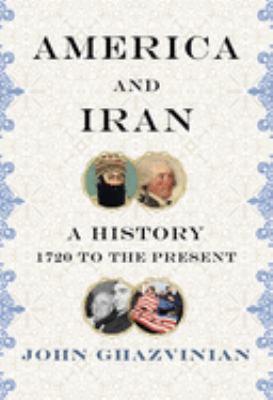
Book
|
America and Iran : a history, 1720 to the present
Copies
7 Total copies, 7 Copies are in,
0 Copies are out.
Title
America and Iran : a history, 1720 to the present
Call No
327.55073
Edition
First edtion.
Subjects
Mosaddeq, Mohammad, 1880-1967.
Khomeini, Ruhollah.
Diplomatic relations.
HISTORY / Middle East / General.
HISTORY / Military / United States.
POLITICAL SCIENCE / International Relations / General.
Iran--Foreign relations--United States.
United States--Foreign relations--Iran.
Iran--History.
Iran--History--Coup d’état, 1953.
Iran.
United States.
Operation Ajax
History.
Khomeini, Ruhollah.
Diplomatic relations.
HISTORY / Middle East / General.
HISTORY / Military / United States.
POLITICAL SCIENCE / International Relations / General.
Iran--Foreign relations--United States.
United States--Foreign relations--Iran.
Iran--History.
Iran--History--Coup d’état, 1953.
Iran.
United States.
Operation Ajax
History.
Language
English
Published
New York : Alfred A. Knopf, [2021].
Publication Desc
xviii, 667 pages : illustrations ;
ISBN
9780307271815 (hardcover)
LCCN
2019057328
Dimensions
25 cm.
MLA
APA
Chicago
0
/
0








